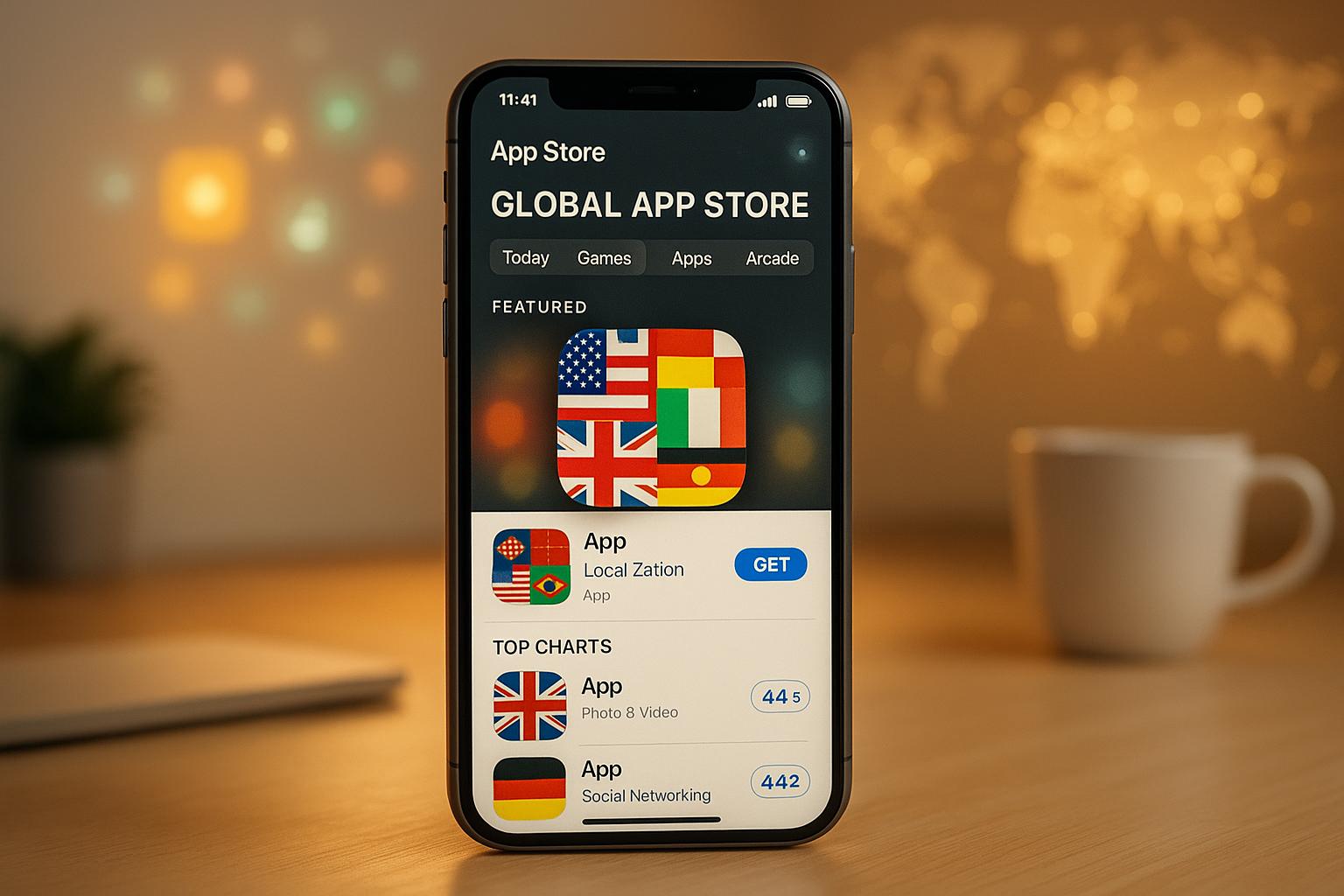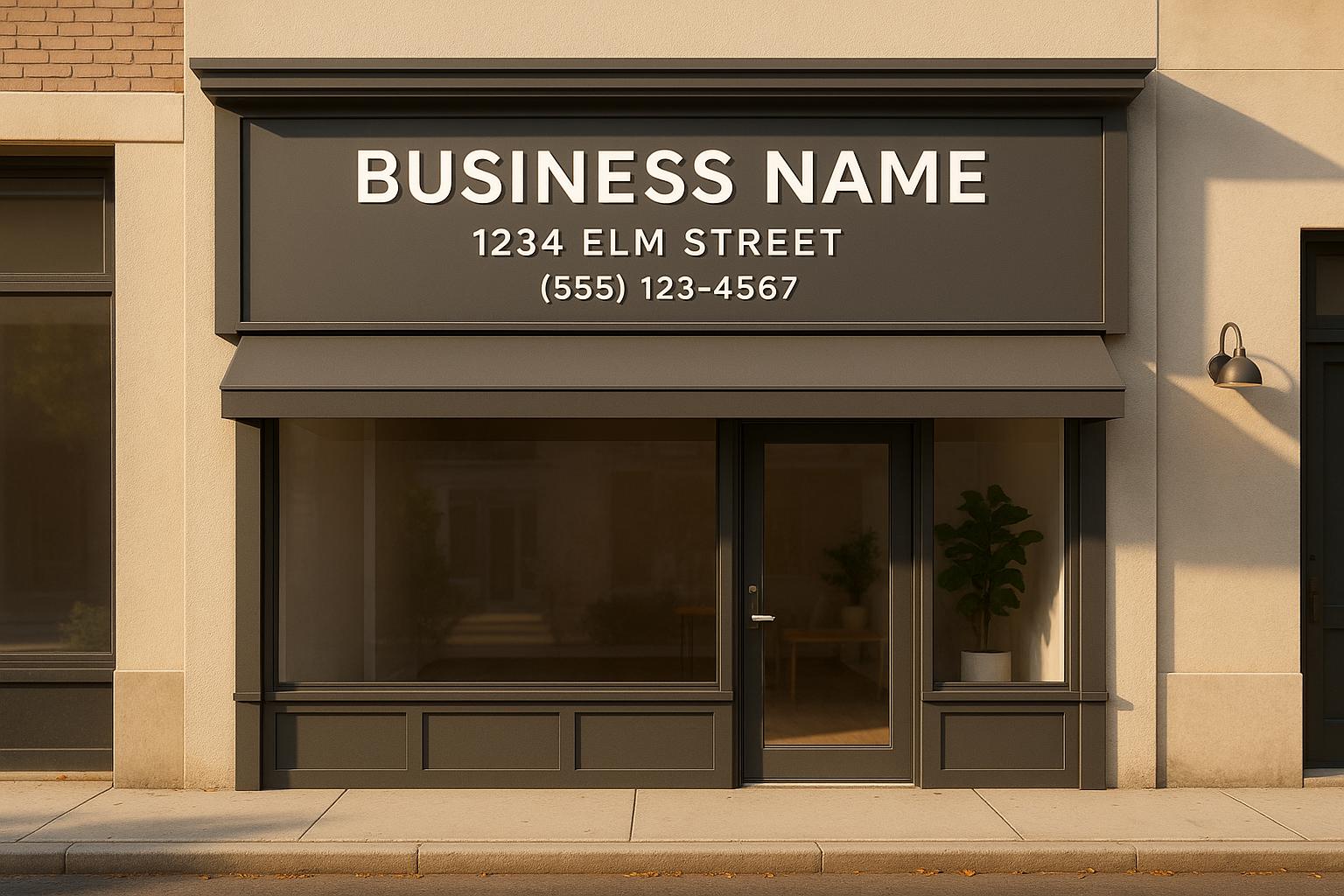Want better website performance and SEO? Understanding how Server-Side Rendering (SSR) and Static Site Generation (SSG) affect Core Web Vitals is key. Here’s the quick breakdown:
-
Core Web Vitals are critical for SEO and user experience:
- LCP (Largest Contentful Paint): Measures load speed (goal: < 2.5s).
- INP (Interaction to Next Paint): Tracks responsiveness (goal: < 200ms).
- CLS (Cumulative Layout Shift): Checks layout stability (goal: < 0.1).
-
SSR:
- Best for dynamic, real-time content.
- Can slow load times due to server processing but reduces CLS with pre-rendered HTML.
- Needs strong caching to improve performance.
-
SSG:
- Ideal for static content like blogs or documentation.
- Pre-built pages ensure faster load times and better LCP scores.
- Uses CDNs to handle traffic efficiently.
Quick Comparison Table
| Metric | SSR | SSG |
|---|---|---|
| LCP | Good with optimizations | Excellent due to static files |
| INP | Variable (hydration delays) | Better with minimal JavaScript |
| CLS | Consistent with proper setup | Consistent with pre-defined layouts |
| Time to First Byte | Slower due to server processing | Faster via pre-rendered content |
| Server Load | Higher (real-time rendering) | Minimal (static files on CDNs) |
| Content Updates | Instant for dynamic content | Requires rebuild or ISR |
Key takeaway: Choose SSR for dynamic, real-time updates and SSG for performance-focused, static sites. For mixed needs, a hybrid approach works best.
What's the performance differences between Next's SSR, SSG, and Static React Pages
How SSR Affects Core Web Vitals
Server-Side Rendering (SSR) plays a significant role in shaping Core Web Vitals, influencing key metrics through distinct performance patterns.
SSR Effects on LCP
SSR generates complete HTML on the server, but the time it takes to process server requests can impact Largest Contentful Paint (LCP).
| Factor | Impact on LCP | Optimization Strategy |
|---|---|---|
| Server Processing | Increases Time to First Byte (TTFB) | Use efficient caching mechanisms |
| Database Queries | May delay content delivery | Optimize database query performance |
| API Calls | Can slow initial render | Implement server-side caching |
| Edge Network | Affects delivery speed | Deploy servers across multiple regions |
By addressing these factors, you can reduce delays in delivering the largest visible content to users.
SSR Effects on INP
SSR also impacts Interaction to Next Paint (INP) due to client-side JavaScript hydration, which can delay interactivity. Key contributors include:
- JavaScript Hydration: Hydration delays can slow down how quickly interactive elements respond to user input.
- Bundle Size: Larger JavaScript bundles take longer to load and process, postponing interactivity.
- Server Response Time: Faster server responses help speed up hydration and improve interactivity.
Modern frameworks like Next.js and Nuxt.js tackle these issues with progressive hydration techniques. This approach prioritizes making critical interactive elements functional first, while deferring less important components.
SSR Effects on CLS
After addressing load times and interactivity, Cumulative Layout Shift (CLS) becomes a focus. SSR helps reduce CLS by delivering fully-rendered HTML, but dynamic content can still introduce instability if not managed properly.
| Common CLS Issues | Solution |
|---|---|
| Dynamic Content Insertion | Reserve space in the initial HTML layout |
| Late-loading Images | Specify image dimensions in the HTML markup |
| Third-party Scripts | Load non-essential scripts after main content |
| Advertisement Spaces | Pre-allocate space for ads to avoid shifts |
Optimizing SSR for Core Web Vitals
To maximize the benefits of SSR while minimizing its drawbacks, consider these strategies:
- Aggressive Caching: Use edge caching and CDNs to reduce server load and improve response times.
- Backend Optimization: Streamline database queries and API calls. Tools like Google Lighthouse and Vercel Analytics can provide insights into performance bottlenecks.
How SSG Affects Core Web Vitals
Static Site Generation (SSG) reshapes website performance in Core Web Vitals by pre-rendering pages during the build process. This method delivers static HTML through CDNs, cutting down server delays and enhancing key performance metrics.
SSG Effects on LCP
SSG significantly improves Largest Contentful Paint (LCP) by ensuring that pages are pre-built and ready to load. With HTML and critical assets prepared in advance, there’s no need for server-side processing during user visits.
| Performance Factor | SSG Impact | Benefit |
|---|---|---|
| Initial Load | Pre-rendered HTML | Faster content delivery |
| CDN Distribution | Global edge caching | Lower latency |
| Server Processing | Eliminated during visits | Quicker Time to First Byte (TTFB) |
| Resource Loading | Build-time optimization | Consistent load times |
Thanks to pre-rendering and CDN distribution, SSG helps keep LCP values well within Google's 2.5-second recommendation. This makes it a great choice for content-heavy sites like blogs and documentation pages.
SSG Effects on INP
Interaction to Next Paint (INP), which measures responsiveness, brings unique challenges with SSG. While static content loads quickly, interactive features may require additional steps to perform optimally.
| Interaction Type | Performance Impact | Solution |
|---|---|---|
| Static Content | Quick response times | Minimal JavaScript required |
| Dynamic Features | Potential delays in interactivity | Targeted hydration |
| User Input | Possible initial lag | Progressive enhancement |
SSG handles static content efficiently, but for dynamic elements, targeted client-side hydration can help maintain smooth interactivity.
SSG Effects on CLS
When it comes to Cumulative Layout Shift (CLS), SSG shines by creating stable layouts during the build process. Pre-rendered pages include defined image dimensions, pre-loaded fonts, and reserved spaces for dynamic elements, keeping CLS scores below the recommended 0.1 threshold.
| CLS Factor | SSG Advantage |
|---|---|
| Image Loading | Dimensions set during build |
| Font Display | Pre-loaded web fonts |
| Dynamic Content | Reserved space in HTML |
| Ad Placement | Pre-allocated containers |
To fully optimize Core Web Vitals with SSG, consider the following strategies:
- Optimize images during the build process (use responsive dimensions and modern formats)
- Prioritize loading critical CSS and JavaScript while deferring non-essential resources
- Use a global CDN to ensure consistent delivery
These practices make SSG an excellent choice for marketing sites, documentation, and blogs where updates are infrequent but performance is a priority.
sbb-itb-5be333f
Direct Comparison: SSR vs SSG
Let’s take a closer look at how Server-Side Rendering (SSR) and Static Site Generation (SSG) stack up against each other across key metrics.
Speed and Load Times
When it comes to speed, SSG takes the lead. By serving pre-built static files through Content Delivery Networks (CDNs), it ensures quicker load times and lower Time to First Byte (TTFB). SSR, on the other hand, processes pages in real-time, which can slow down the initial load.
| Metric | SSR Performance | SSG Performance |
|---|---|---|
| Time to First Byte | Slower due to on-demand processing | Faster, thanks to pre-rendered static content served via CDNs |
| Initial Page Load | Slower because of real-time rendering | Faster as files are instantly delivered |
| CDN Caching | Often requires manual setup | Benefits from automatic CDN caching |
| Global Performance | Can vary based on server location | More consistent due to worldwide CDN coverage |
Server Load and Traffic Management
SSG shines in scalability. Since static files are distributed globally, the origin server experiences minimal load. SSR, however, processes each request on-demand, consuming more CPU and memory resources. As traffic increases, SSR often requires more robust infrastructure and incurs higher hosting costs. In contrast, SSG handles traffic spikes predictably and efficiently.
SSR Server Impact:
- Each page request demands server resources like CPU and memory.
- Hosting costs rise with increased traffic.
- Performance may degrade during sudden traffic surges.
SSG Server Benefits:
- Minimal origin server load.
- Predictable hosting costs, even during traffic spikes.
- Handles high traffic efficiently via global CDN distribution.
- Simplifies infrastructure management.
These differences also affect how quickly content updates appear, which is discussed next.
Content Update Speed
The way SSR and SSG handle content updates is a critical consideration. SSR excels at delivering real-time updates, while SSG requires a rebuild process unless Incremental Static Regeneration (ISR) is used for specific pages.
| Update Scenario | SSR | SSG |
|---|---|---|
| Content Changes | Instant | Requires a rebuild (or ISR for select pages) |
| Database Updates | Immediate | Updated on the next build |
| User-Specific Content | Delivered dynamically per request | Needs client-side enhancements |
| Build Process | Not applicable | Build times grow with site size |
When to Choose SSR or SSG?
- Go with SSR if your site relies on real-time updates or personalized user data.
- Choose SSG when performance and predictable traffic handling are priorities.
- Consider a hybrid approach if your site needs to balance dynamic and static content effectively.
Core Web Vitals Improvement Methods
SSR Performance Tips
To boost Server-Side Rendering (SSR) performance, focus on caching, reducing time-to-first-byte (TTFB), and streamlining server processes. Implement tools like Redis and CDN edge caching to cut down response times significantly.
Here’s how to minimize TTFB effectively:
- Fine-tune database queries and allocate adequate server resources.
- Use CDNs to serve cached HTML closer to your users.
- Optimize external API calls that might slow down page rendering.
By applying these SSR optimizations, you can enhance metrics like Largest Contentful Paint (LCP) and Interaction to Next Paint (INP), both critical for Core Web Vitals. For even better results, consider shifting to Static Site Generation (SSG), which simplifies Core Web Vitals optimization through static pre-rendering.
SSG Performance Tips
Improving SSG performance involves strategies like Incremental Static Regeneration and deploying a global CDN network. These approaches make your site faster and more efficient.
| Optimization Area | Implementation Strategy | Impact on Core Web Vitals |
|---|---|---|
| Asset Delivery | Use a global CDN | Lowers LCP by delivering assets from edge locations |
| Image Optimization | Serve WebP images with responsive sizing | Improves LCP and eliminates CLS by specifying image dimensions |
| Build Process | Implement incremental builds | Keeps performance steady while updating content |
| Resource Loading | Optimize the critical rendering path | Boosts INP and overall interactivity |
Defining image dimensions is key to avoiding layout shifts. To further enhance perceived speed, apply lazy loading to images that are off-screen.
Both SSR and SSG benefit from a strong focus on caching and resource efficiency, ensuring your site meets Core Web Vitals standards.
Web Vitals Tracking Tools
Once your rendering methods are optimized, it’s crucial to track Core Web Vitals regularly using the right tools. Here are some effective options:
- Real-Time Monitoring: Tools like PageSpeed Insights and CrUX provide real-world data on LCP, INP, and CLS.
- Development Tools: The Web Vitals JavaScript library offers continuous performance tracking during development.
- Production Analytics: Platforms like Vercel Analytics and Netlify Analytics automate monitoring and provide real-time alerts.
To stay ahead of performance regressions, integrate these monitoring tools into your CI/CD pipeline. For a comprehensive approach, platforms like the Top SEO Marketing Directory combine Core Web Vitals tracking with broader SEO metrics, giving you a complete picture of your site's performance and search visibility.
Conclusion: SSR or SSG?
Main Points Review
SSG and SSR each bring their own strengths to the table when it comes to optimizing Core Web Vitals. SSG shines with its speed and efficiency by serving pre-built static files, while SSR stands out for its adaptability to dynamic content needs.
| Metric | SSG Performance | SSR Performance |
|---|---|---|
| LCP | Excellent | Good |
| INP | Better | Variable |
| CLS | Consistent | Consistent |
| TTFB | Fastest | Slower |
| Server Load | Minimal | Higher |
These metrics can help guide your decision depending on your specific project requirements.
Selecting Your Rendering Method
Choose SSG if your project involves:
- Primarily static content, like documentation or marketing pages.
- A strong focus on performance and search engine visibility.
- The ability to handle periodic content rebuilds.
- Managing high traffic efficiently with minimal server strain.
Opt for SSR when your application demands:
- Real-time content updates.
- User-specific personalization.
- Integration with dynamic or constantly changing data.
- Immediate content modifications without rebuild delays.
Your choice should factor in how often content updates are needed and the resources available for server infrastructure. SSG typically excels in maintaining consistent Core Web Vitals scores by leveraging edge caching and reducing server load. On the other hand, SSR offers greater versatility, though it comes with higher infrastructure demands.
Implementation Steps
After deciding on the rendering method, follow these steps to ensure a smooth deployment:
- Assess your content needs: Determine how often content changes and whether personalization is required.
- Choose the right framework: Select a framework that aligns with your chosen method, such as Next.js or Gatsby.
- Optimize your assets: Compress images, streamline CSS, and minimize JavaScript to improve performance.
- Monitor performance: Use tools like those from the Top SEO Marketing Directory to track and improve Core Web Vitals.
For projects requiring both static and dynamic content, a hybrid approach can be a game-changer. By using SSG for static pages and SSR for dynamic sections, you can balance performance and flexibility, ensuring a seamless user experience.
FAQs
How do Server-Side Rendering (SSR) and Static Site Generation (SSG) influence Core Web Vitals, and how can I decide which is best for my website?
Server-Side Rendering (SSR) and Static Site Generation (SSG) each affect Core Web Vitals in unique ways because they handle content delivery differently.
With SSR, pages are generated on-demand when a user makes a request. This approach can enhance metrics like First Input Delay (FID) and Time to Interactive (TTI) for dynamic content since the server processes and sends the most up-to-date information. However, it might slightly slow down the initial load time because the server needs to build the page in real-time.
On the other hand, SSG pre-builds pages during deployment, which means the content is ready to go as soon as a user visits the site. This often results in faster Largest Contentful Paint (LCP) and more consistent visual stability, making it a great fit for static content.
The choice between SSR and SSG boils down to what your website requires. For sites with dynamic, user-specific content - like dashboards or personalized features - SSR is often the better route. But if you’re dealing with largely static content, such as blogs or marketing pages, SSG delivers quicker load times and stronger performance.
How can you optimize Server-Side Rendering (SSR) and Static Site Generation (SSG) to improve Core Web Vitals performance?
To improve Server-Side Rendering (SSR) and Static Site Generation (SSG) for stronger Core Web Vitals performance, focus on strategies that enhance loading speed, interactivity, and visual stability.
For SSR, start by reducing server response times. This can be achieved by streamlining backend processes and leveraging caching tools like Content Delivery Networks (CDNs). Additionally, trim down the size of server-rendered HTML and prioritize loading critical resources to ensure the page loads quickly for users.
For SSG, pre-generate pages with optimized assets and serve them through a CDN for faster delivery. Implement techniques such as lazy loading for images and videos, and refine CSS and JavaScript to cut down on render-blocking elements.
Both SSR and SSG approaches benefit from regular performance checks, reducing bundle sizes, and using monitoring tools to track and improve Core Web Vitals metrics over time.
Can combining Server-Side Rendering (SSR) and Static Site Generation (SSG) enhance website performance, and how can it be done effectively?
Combining Server-Side Rendering (SSR) and Static Site Generation (SSG) can be a smart way to boost website performance by playing to the strengths of both methods. This hybrid approach lets you serve static content for pages that don't change often while dynamically rendering pages that need up-to-date or personalized information.
Here’s how it works: use SSG for pages like blog posts or product catalogs. These types of pages benefit from quick loading times and don’t require frequent updates. On the other hand, for dynamic content - like user dashboards or personalized recommendations - SSR is the better choice, as it ensures data is always current. Modern frameworks, such as Next.js, make it easy to implement this hybrid strategy, giving you the flexibility to tailor your rendering approach based on your site's specific needs.
By blending SSR and SSG, you can improve key metrics like First Contentful Paint (FCP) and Time to Interactive (TTI), ensuring fast, stable, and engaging experiences for your users.


